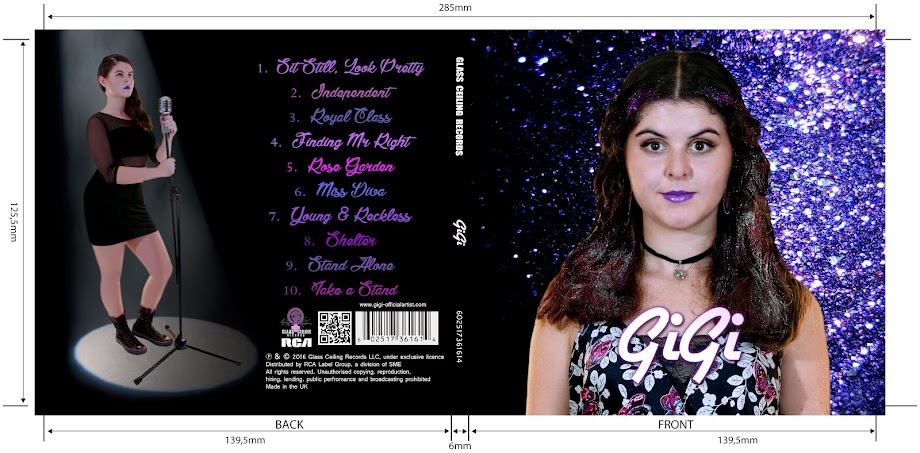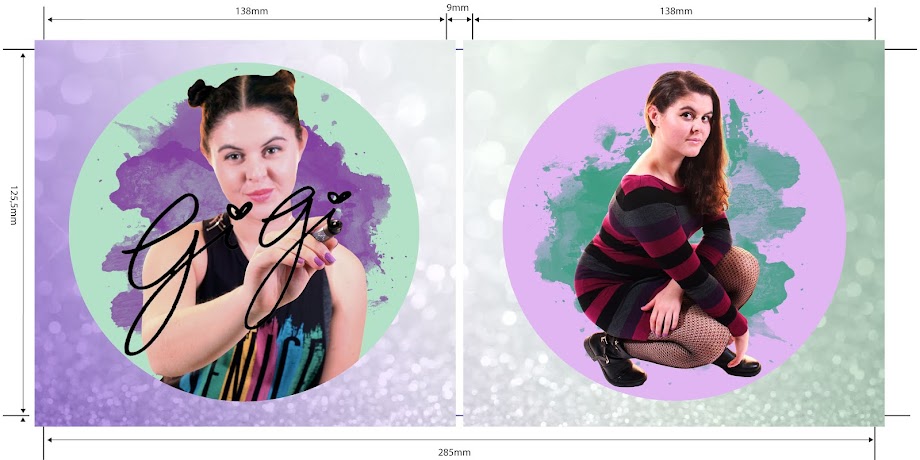This is a 38 second comedy sequence set in a classroom at school.
Chloe (2015)
Two teachers complain about a student
who is sitting in the detention with them, unknown to them
1. Who did you work with and how did you manage the task between you?
 |
| My group after the shooting |
For this task, I worked with Alex, Ella and Olamide. We managed the task by working as a team to come up with ideas for the shoot and delegated the work to individuals. My role in our group was to draw the storyboard, the shootboard and to make the shoot schedule. I acted as the character 'Chloe' in our task and when I wasn't acting, I either filmed or directed.
As a group, we made decisions about narrative and how to use continuity techniques. All of us participated in the planning, shooting and editing process equally.
2. How did you plan your sequence? What processes did you use? What theories did you take into account?
As a group, we made decisions about narrative and how to use continuity techniques. All of us participated in the planning, shooting and editing process equally.
2. How did you plan your sequence? What processes did you use? What theories did you take into account?
We planned our sequence by casting the roles, drawing the top-down plan and writing the script. For the roles we casted, we wanted to use stereotypes of the characters so that the audience could immediately identify and relate to them. We created the props list that conformed to these stereotypes. For example, Alex the awkward teacher wore glasses in order to reinforce his character as a teacher.
We then did a walkthrough of our script and blocked the actions which allowed us to get a clear idea of how it would look on camera. We recognised some issues with our original idea and this enabled us to make any changes to our script. With the new revised version of the script, we created the shootboard so that we could shoot based on location and setup and we created the storyboard so that we could edit the shots in chronological order based on events.
Keeping the brief in mind, we tried to incorporate the continuity techniques into our sequence so that the end product appears smooth and continuous. The continuity techniques that we used include match on action, shot/reverse shot and the 180 degree rule. We also planned to use a master shot, a variety of shot distances and angles and took the 30 degree rule into account.
 |
| Our script |
 |
| Our props list |
We then did a walkthrough of our script and blocked the actions which allowed us to get a clear idea of how it would look on camera. We recognised some issues with our original idea and this enabled us to make any changes to our script. With the new revised version of the script, we created the shootboard so that we could shoot based on location and setup and we created the storyboard so that we could edit the shots in chronological order based on events.
 |
| Our shoot schedule |
 |
| Our storyboard |
Keeping the brief in mind, we tried to incorporate the continuity techniques into our sequence so that the end product appears smooth and continuous. The continuity techniques that we used include match on action, shot/reverse shot and the 180 degree rule. We also planned to use a master shot, a variety of shot distances and angles and took the 30 degree rule into account.
3. What technology did you use to complete the task, and how did you use it?
 The technology that we used for shooting:
The technology that we used for shooting:- Canon HF G30 camera
- Tripod
- Headphones
- A shotgun microphone
 |
| Me concentrating as I film |
We kept our camera on auto setting and zoomed in and out of shots to create a variety of shot types.
We used the shotgun mic to pick up the dialogue and diegetic sound such as the door slamming.
We used the headphones to identify any background noise or any issues with the mic that might have disrupted our shot.
We also used a clapperboard at the beginning of each shot with the shot and take number on it so that we could clearly see what shot and take it was while editing the sequence.
 |
| Me editing a shot for our video |
The technology that we used for editing:
- Hardware: a PC
- Software: Adobe Premiere Pro
In Adobe Premiere Pro, we edited out sequence using various tools and techniques:
We used linear editing techniques by having the same action from different camera angles and edited it so that it seemed like it happened simultaneously. We used the input and output tool for the start and end of a portion of the shot that we wanted. We used the drag and drop tool to transfer the clips that we chose onto the timeline and reordered them so that it was similar to our storyboard. We used the razor tool to cut the clips down further or to divide a long clip into smaller ones for the shot/reverse shot. We also used the pen tool to either raise or lower the volume in certain shots.
4. What factors did you have to take into account when planning, shooting and editing?
There were several factors that we had to take into account whilst we planned, shot and edited our sequence. Most importantly, we had to follow the brief and produce a clip that demonstrated continuity techniques.
Planning
Editing
 |
| Our top-down plan marked with camera setups |
- Due to time restraints, we had to delegate work amongst us in order to be more efficient
- Taking into account the 180 degree rule we had to plan the camera setups so that the camera was on one side of an imaginary line
- We planned the shoot schedule based on location and camera setup
- We were limited by the number of people in our group. As there was only four of us, we could only have a maximum of three actors because one person had to operate the camera
- Our filming location was in a small classroom. It was difficult to set up the camera in tight spaces with not much room and this proved especially hard when we shot the over the shoulder shots for the shot/reverse shot behind the desk
Editing
 |
| My group in the editing suite |
- We had to accept that not all of the footage would show perfect continuity and we did our best to edit using as many techniques as possible to show continuity
- We took into account the continuity principles and cut down our shots so that they flowed seamlessly
- Again, limited timing was an issue but Alex and I took turns editing the sequence and worked well to finish on time
5. How successful was your sequence? Please identify what worked well, and with hindsight, what would you improve/ do differently?
 I think that our sequence was fairly successful because we followed the brief. However, we have a continuity error at about 10 seconds into the clip in shots 6 and 7. This is because Olamide speaks at the end of the shot as she is sitting down but in the next shot she repeats the same dialogue. Alex and I had to make a decision between compromising the continuity of sound or the visual continuity. We chose to maintain continuity of the sound and cut the shot earlier to omit the sound. This means that in the end of the shot, Olamide is in the process of sitting down but in the next shot, she is already sitting down. This shot did not achieve match on action and therefore interrupts the continuous flow. In order to disguise this error, we used a shot from another setup so that, according to the 30 degree angle, it would not appear jumpy.
I think that our sequence was fairly successful because we followed the brief. However, we have a continuity error at about 10 seconds into the clip in shots 6 and 7. This is because Olamide speaks at the end of the shot as she is sitting down but in the next shot she repeats the same dialogue. Alex and I had to make a decision between compromising the continuity of sound or the visual continuity. We chose to maintain continuity of the sound and cut the shot earlier to omit the sound. This means that in the end of the shot, Olamide is in the process of sitting down but in the next shot, she is already sitting down. This shot did not achieve match on action and therefore interrupts the continuous flow. In order to disguise this error, we used a shot from another setup so that, according to the 30 degree angle, it would not appear jumpy.Another continuity error is that in some shots Olamide is holding a book in her hands and in others, she isn't.
- Despite the slight continuity errors, we had good match on action especially while Olamide enters the room in shots 1-5.
- We used shot/reverse shot during Olamide's rant in shots 9-11.
- The fast paced editing worked well for our sequence and kept the continuous flow. This is evident in shots 4 and 5.
- We successfully used the 180 degree rule throughout our sequence, keeping to one side of the classroom.
- We used a master shot in shot 6 which showed the whole classroom and the three characters in order to put them all in the same geographical space.
6. What have you learnt from completing this task? Looking ahead, how will this learning be significant when completing the rest of your foundation coursework?
From completing this task, I have learnt that effective planning is very important to being able to shoot well. I have also learnt to pay attention to small details whilst filming so that continuity can be achieved.
This will help me in my coursework because I can use this experience to achieve perfect continuity in the future. I can identify what went well and use this to effectively plan for the shoot.
This will help me in my coursework because I can use this experience to achieve perfect continuity in the future. I can identify what went well and use this to effectively plan for the shoot.







